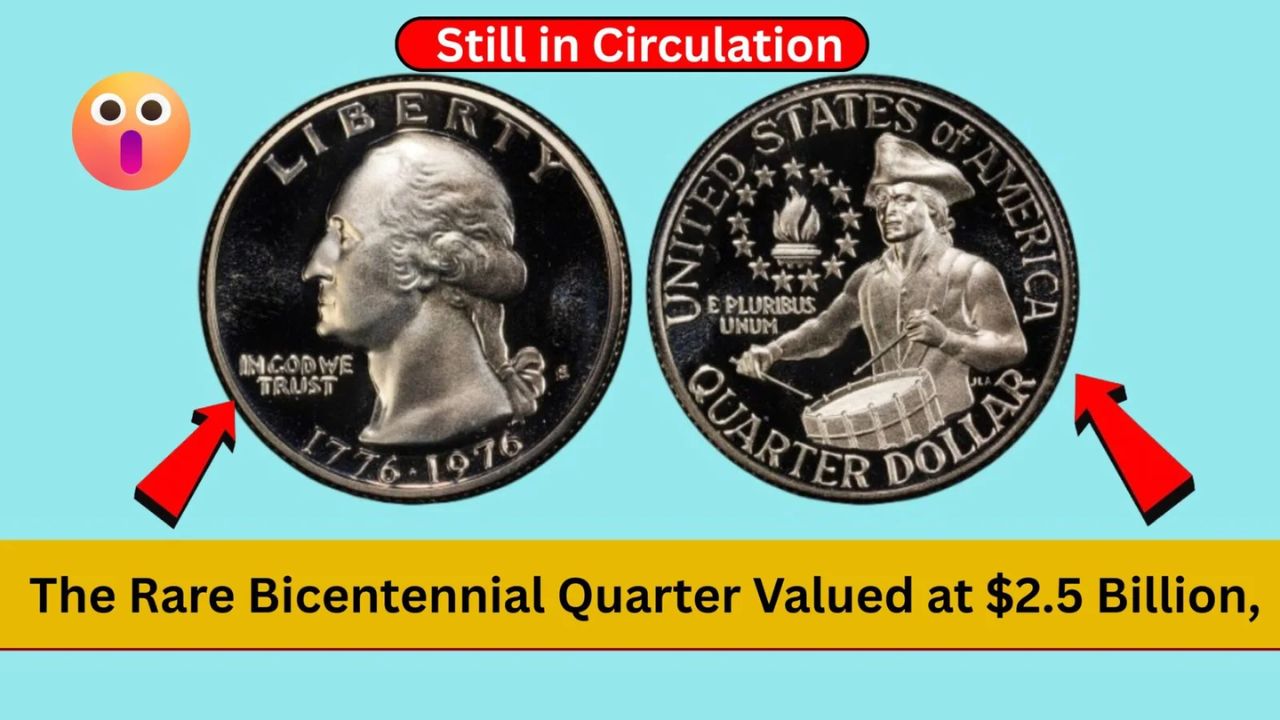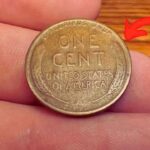Have you ever stopped to check the pennies in your pocket or coin jar? You might be holding something extraordinary. The Lincoln Wheat Penny, minted from 1909 to 1958, is already beloved by collectors — but one rare version could be worth nearly $4 billion. That’s right. A single penny could be worth more than most people make in a lifetime.
Bajaj Pulsar 125: The Most Affordable Sporty Bike Redefining the Indian 125cc Segment
Rumors say that this rare Lincoln Wheat Penny (a 1943 bronze error) is still in circulation, stashed away in drawers, piggy banks, and even loose change. So let’s dive into the fascinating story behind this coin, why it’s so valuable, and how you can spot a potential treasure.
Quick Overview: Lincoln Wheat Penny Essentials
| Feature | Details |
|---|---|
| Coin Name | Lincoln Wheat Penny |
| First Minted | 1909 |
| Designer | Victor David Brenner |
| Metal Composition | Mostly copper (95% copper, 5% tin & zinc) |
| Rare Year to Watch | 1943 (bronze error) |
| Estimated Value | Up to $4 billion (rumored) |
| Current Status | Possibly still in circulation |
A Brief History & Design
The Lincoln Wheat Penny debuted in 1909 to honor President Abraham Lincoln’s 100th birthday. Designed by Victor David Brenner, it became the first U.S. coin to feature a real person. The obverse is a refined portrait of Lincoln, while the reverse has two elegant wheat stalks flanking the words “One Cent” and “United States of America.” This iconic design cemented its place in American numismatic history. Even after 1958, the image remained a symbol of pride, though the design changed.
Why the 1943 Bronze Error Is Legendary
During 1943, World War II increased demand for copper to produce ammunition and equipment. To preserve copper, the U.S. Mint switched Penny production to zinc-coated steel. However, a few 1943 blanks leftover from 1942’s copper production were mistakenly struck, creating the elusive 1943 bronze error Lincoln Wheat Penny. That single misstep produced one of the rarest coins ever—sparking whispers that it could be worth nearly $4 billion.
Holding a Legacy in Your Hand
It’s odd talking about a coin’s “performance,” but when it comes to longevity, the Lincoln Wheat Penny has endurance. Hefty and well-crafted, it feels substantial—classic coinsmanship that lasted decades rather than years. Even after a century, many pennies still retain crisp engraving and patina. For collectors, it’s that solid sense of history in the hand, something modern coins—light and machine-struck—can’t replicate.
Also Read – New Toyota Hyryder: A Bold Leap in India’s Compact SUV Market
Design & Production Quality
While the coin was made with early 20th-century minting methods, the attention to detail was remarkable. The engraving of Lincoln’s face and the wheat stalks were precise, artistic, and elegant. Compared to today’s efficient but less character-rich coins, the Lincoln Wheat Penny carries a sculptural quality many collectors cherish.
Durability That Defines “Mileage”
If coins had mileage, this penny would top the charts. Built to last with solid copper construction, many survive today in circulation or collections. Even a worn 1943 bronze error that retains its wheat-stalk reverse remains a rare and potentially priceless find.
Valuation & Variants
Though most Lincoln Wheat Pennies are worth just a penny to a few dollars, certain rarities stand out:
-
Common Wheat Penny: Worth 1¢ to about $5, depending on condition
-
1909-S VDB (rare): Between $700–$2,000+
-
1943 Bronze Error: Rumored value nearly $4 billion
-
Other rare errors (e.g., 1955 doubled die): Can reach hundreds or thousands
Remember: coin condition, proof (mint state), and certification are key. That rumored $4 billion Lincoln Wheat Penny is likely unique, and its value hinges entirely on authenticity and global demand.
How to Spot a Potential Million-Dollar Penny
-
Check the Year: Look for 1943—especially copper-colored instead of silver-gray.
-
Inspect the Color & Edge: A bronze-colored edge instead of steel may indicate the 1943 bronze error.
-
Feel the Weight: Bronze is heavier than zinc-coated steel.
-
Magnify It: Check for wear, mint marks, and design details.
-
Consult the Pros: If it seems unusual, don’t clean it—store in a protective sleeve and take it to a trusted coin grading service like PCGS or NGC.
Common Questions About the Lincoln Wheat Penny
Q: Could this penny really be worth $4 billion?
A: While most experts agree the figure is more legend than fact, the 1943 bronze Lincoln Wheat Penny is confirmed as extremely rare—worth millions, if verified, but $4 billion remains speculative.
Q: Is the 1943 penny the only rare version?
A: No. There are other collectors’ rarities—like double die strikes or early-date mint runs—but none reach the legendary status of the 1943 bronze.
Q: Where should I look?
A: Check old jars, inherited coin rolls, piggy banks, or even change you’re handed—it could be hiding in plain sight.
Q: How do I verify if it’s real?
A: Contact a professional coin grading/accreditation service before cleaning or spending it.
Final Thoughts
The Lincoln Wheat Penny is more than pocket change—it’s a slice of American history. While the idea of finding a $4 billion coin seems far-fetched, rare varieties like the 1943 bronze error remain tantalizing possibilities. Even if you only have a few cents’ worth of wheat pennies, each carries character, history, and a story.
Next time you find a Lincoln Wheat Penny, take a moment. You might be holding a common cent—or you might just be holding something extraordinary. Either way, it’s an opportunity to connect with history… and possibly strike it rich.
Mahindra XUV 200: A New Contender in India’s Compact SUV Segment with 24kmpl Mileage
Some Important Link
| Telegram Group | Click Here |
| WhatsApp Group | Click Here |
| Home Page | Click Here |










